Description
This plant is restricted for shipment to Wisconsin.
Latin Name: Morus alba
Also Known As: Russian mulberry, White mulberry
Hardiness Zones: 5-9
Mature Size: Typically grows to a height and width of 30-50 ft (9-15 m). As it matures, the crown becomes more spreading. It has shallow roots.
Preferred Soil and Climate: Native to northern China and widely cultivated and naturalized elsewhere, the Russian mulberry is exceptionally hardy. It thrives in most soil types but prefers rich, moist soils under full sun. It can also tolerate partial shade, drought, and heat (Missouri Botanical Garden).
Additional Notes: Prune during late fall or winter if necessary. In spring, yellowish-green flowers appear in drooping catkins. Female flowers develop into blackberry-like fruits that ripen from late spring to early summer. When mature, the fruits range in color from pink or white to occasionally darker purple. The leaves typically have 2-3 lobes but can occasionally be unlobed. They are glossy dark green and about 8 inches (20 cm) long. Leaves turn yellow to brown in autumn (Missouri Botanical Garden). The tree is self-pollinating and widely planted in the United States, often used as a windbreak. The fruits are consumed fresh, dried, or made into wine. It is also valued as an ornamental tree, and its wood is prized for sporting goods due to its durability, flexibility, and elasticity, particularly in tennis and badminton rackets, and hockey sticks.
Common Issues: Generally free of major problems, although borers may pose a threat in southern regions. Other potential issues include whiteflies, bacterial leaf scorch, root rot, powdery mildew, witches’ broom, scale, mites, and mealybugs (Missouri Botanical Garden).
Wildlife: Seeds are widely dispersed by birds, which consume the fruit and excrete the seeds. White mulberry leaves are the preferred food for silkworms across warm temperate regions and are also used as fodder for livestock, such as cattle and goats, in areas were dry seasons limit ground vegetation availability.
Cold Stream Farm supplies Russian Mulberry trees which are grown as bare root seedlings and transplants and sold both wholesale and retail with no minimum order.
Sources:
- Missouri Botanical Garden: Russian Mulberry


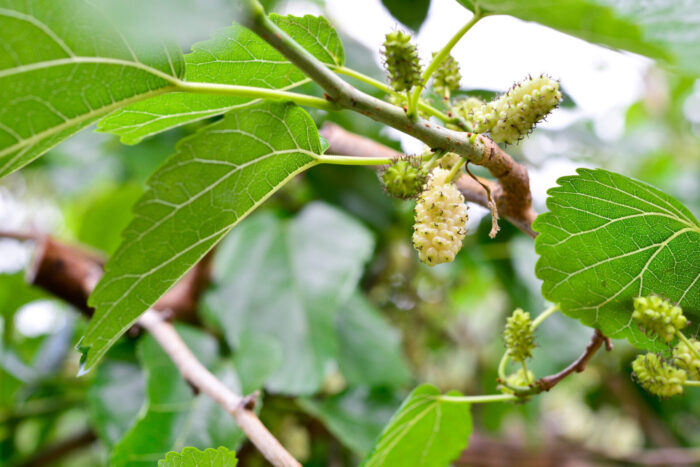
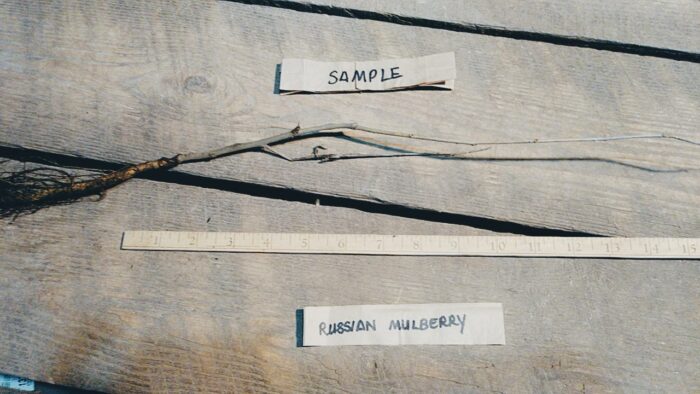
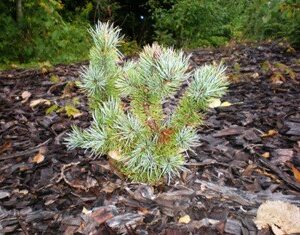

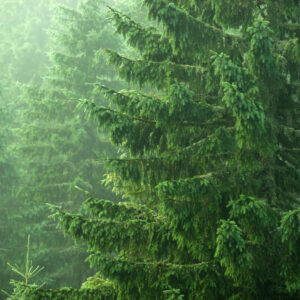
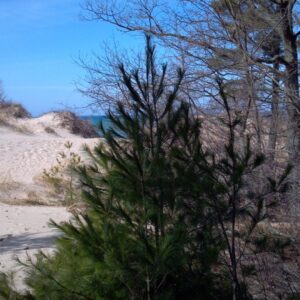

Reviews
There are no reviews yet.